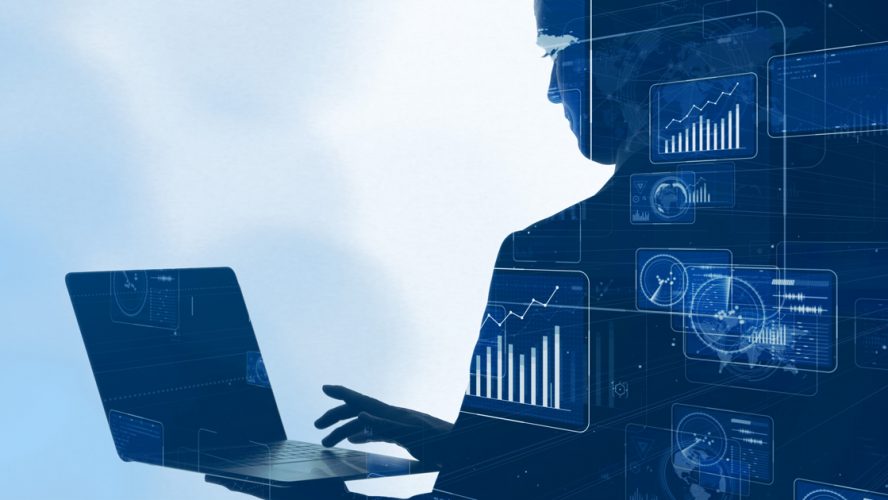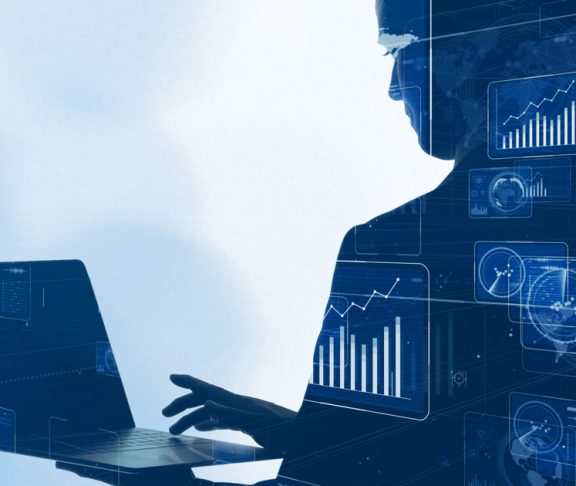
Alan Ross
Senior Risk Management Consultant, Zurich
In an increasingly disrupted, complex and interconnected world, organisations need risk managers to lead horizon scanning to prepare for future disruption.
So, what is horizon scanning? Horizon scanning supports strategic decision makers by systematically identifying and managing emerging risks.
Traditionally, enterprise risk management (ERM) efforts focus on identifying, controlling and reporting risks that are short term, understood, or quantifiable. This is useful, but significant, disruptive, strategic risks tend to be medium- to long-term, not well understood, and difficult to quantify. They also appear obvious with hindsight – like the disappearance of various high street names and the 2008 financial crisis.
Horizon scanning is a discipline to assess these types of emerging or changing risks and provide insight to decision makers.
Why is horizon scanning so important?
The impact of emerging risks in the future – fiscal crises, political change, pandemics, climate change, AI and the Internet of Things – will occur at speed, and will likely seem obvious in hindsight. But we operate in a world that is difficult to predict, increasingly complex, and interconnected.
Organisations that are successful today may not even exist in 10 years. The frequency at which organisations are entering and exiting market indexes continues to increase. The FTSE or Dow Jones of 2040 will look significantly different to that of 2020.
By the time significant emerging disruptive risks are known, quantifiable and recorded on a risk register, it may be too late to respond effectively.
Resilient organisations anticipate and respond to emerging risks quickly and effectively. Horizon scanning is a tool that creates resilience by helping strategic decision makers to anticipate and respond to uncertainty.
How do we implement it?
Horizon scanning is an often-neglected element of an effective ERM framework. Key questions to consider include:
- Do we systematically identify and record emerging risks and uncertainty that could affect our organisation in the next five or more years?
- Do we engage with strategic managers and the Board to understand their views of emerging risks? How do we adjust for optimism bias and blind spots in our research?
- Do we research and gather data on emerging risks to better understand them? This should include monitoring activity such as regulatory changes, socioeconomic and market trends.
- Do we use this research to inform other ERM activities, such as stress testing strategic plans or scenario planning exercises, insurance coverage?
- Do we review strategic plans in light of emerging risk and research we have created?
A systemic approach will mean identifying risks sooner, giving your organisation more time to understand and then plan for the risk.
Horizon scanning will become increasingly important to organisations that aspire to thrive in the longer term and avoid being disrupted by newer organisations or changing customer behaviour. For the risk manager, it is an opportunity to add real value to decision makers and the strategic planning cycle of their organisations.
Our expert Zurich Risk Engineers have a range of industry risk specialisms, so we understand customers’ challenges. A data led approach ensures we provide risk insights, global benchmarking and claims analysis so our recommended actions and effective solutions are specific to your needs.”
For further information contact [email protected]


